Debt is rising for Americans, and even though some debt such as mortgage debt is seen as financially viable, other consumer debt such as car loans and credit cards can be detrimental to an individual's financial wellbeing.
According to Northwestern Mutual's 2021 Planning & Progress Study, U.S. adults aged 18 carry an average of $23,325 additional debt on top of their mortgages. How can one go about tackling this amount of debt? There are 2 main strategies one can use, the snowball approach or the avalanche approach.
The starting point forboth approaches is that you make minimum payments on all your debts while singling out one of them and paying above the minimum on that one. The difference shows up in which debt you single out and choose to tackle first.
The Snowball Approach
The Snowball approach is seen as a more psychologically rewarding method. Here you tackle the smallest debt first and make the extra payments on them, moving up the ladder to the next smallest debt. This progression acts like a snowball effect where tackling the smaller or easier debt first gives you momentum to tackle the next one. Though it may be an easier method for those with less self-discipline and who want to see their number of debts decrease quicker, this is a more expensive method in the long term as you pay more in interest. It may also take more time despite the instant gratifications seen from a debt going off your books.
The Avalanche Method
The more mathematically logical method calls for tackling the debt with the highest interest rate. In doing The more mathematically logical method calls for tackling the debt with the highest interest rate. In doing so, you get rid of your most expensive debt first while paying the minimum on the others. This is a cost-effective way to tackle your debts since you will accrue less interest but may be tougher to do since it requires more self-discipline. For the math to work out, one needs to have a constant stream of extra income to apply to the debt repayments. If this does not happen, it may end up being more expensive than the snowball method.
The Consolidation Approach
A lot of debt may not lead to a poor credit score but, as you start paying it off, offers will come into A lot of debt may lead to a poor credit score but, as you start paying it off, offers will come in to consolidate all debt into one payment. Do the math to make sure these offers make sense because they present a good option to just have one payment that you can pay extra on to get rid of the overall debt load. As credit further improves, there may also be an opportunity to roll over debt into 0% interest rate offers to further bring down the interest and apply the maximum amount of money to the principal in the quest to become debt-free.
Sometimes a mixture of all or some of these methods could be a smart move. Targeting the most expensive debt along with paying off some of the smaller ones or consolidating into lower interest rates may strike a good balance between mathematical logic and psychological benefit.
Everyone needs to assess their own debt situation and how it is impacting them and their family. This will help in selecting the right approach. Lastly, for true long-term debt relief, it is important to change one’s lifestyle and spending habits to avoid debt, as much as possible, in the first place.

